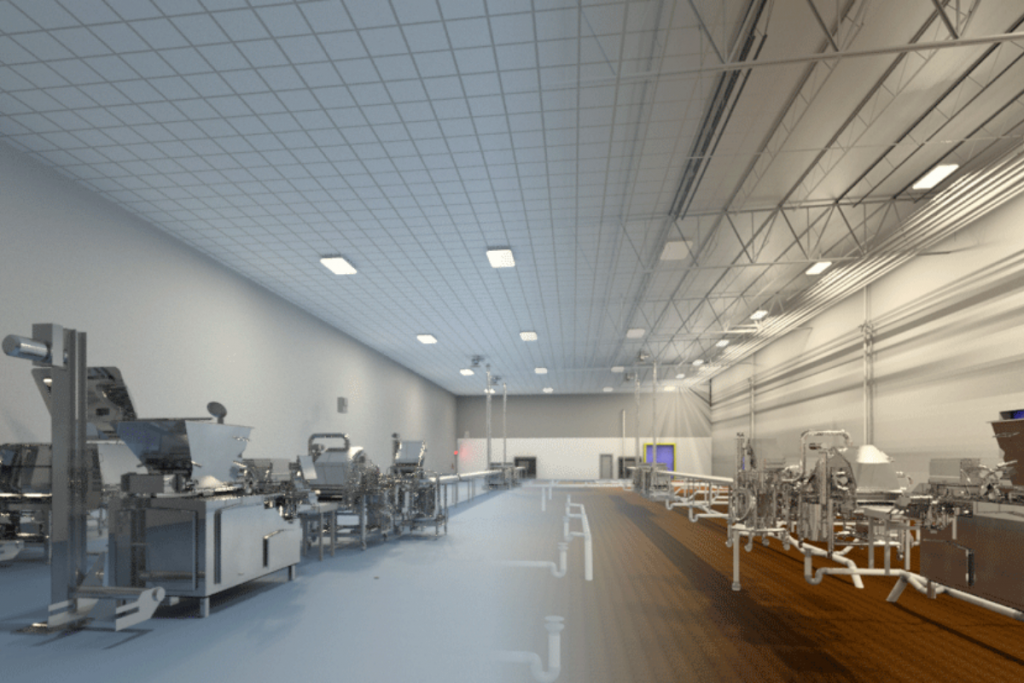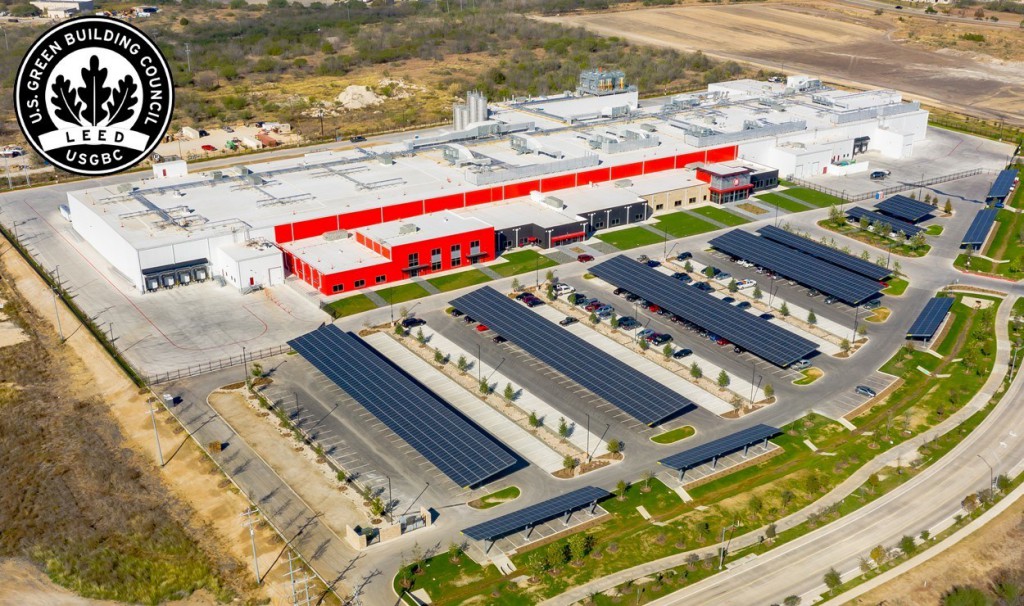How Ergonomics Affect Employee Wellness (and What Manufacturers Can Do to Improve it)
Americans have been quitting their jobs in record numbers since the onset of the COVID-19 pandemic. The so-called Great Resignation is significantly impacting the food and beverage industry. In response, many industry leaders are focusing on ergonomics strategies to improve employee comfort and safety, and in turn, retention.
“If the workplace is designed to meet peoples’ needs, it demonstrates the employer’s commitment and enables employees to be fully engaged in the workplace,” says Jeff Sanford, an ergonomics expert at VelocityEHS, a provider of environmental health and safety (EHS) solutions.
Sanford recently spoke at a webinar hosted by Food Processing magazine, in which he shared best practices for improving ergonomics and employee safety within the food and beverage industry.
The goal of ergonomics is to prevent soft-tissue injuries and musculoskeletal disorders (MSDs) caused by sudden or sustained exposure to force, vibration, repetitive motion and bad posture. This is especially important in the U.S. food and beverage industry, which has the highest lost-workday incidence (LWDI) across all industries with a rate of 6.5 injuries and illnesses per 100 full-time workers, compared to the standard of 3.3.
These numbers especially matter in today’s competitive labor market. A recent study on ergonomics cited in the webinar found employee turnover dropped anywhere from 23% to 49% within companies that employed an ergonomics strategy. Meanwhile, the same study found absenteeism dropped between 42% and 116%. These statistics could help some processing facilities justify the cost of implementing ergonomic changes.
What can facility owners and plant managers do to improve employee ergonomics? Below are some common issues and solutions shared during the webinar.
Continue Reading “How Ergonomics Affect Employee Wellness (and What Manufacturers Can Do to Improve it)”










![Inside the World’s Largest Sous Vide Processing Facility [PHOTOS]](https://stellarfoodforthought.net/wp-content/uploads/2021/11/Cuisine-Solutions_01.jpg)
